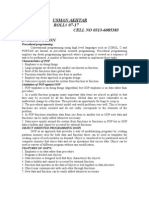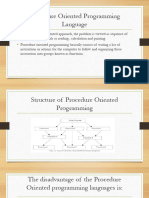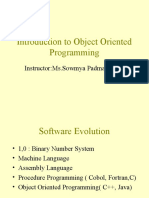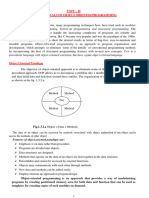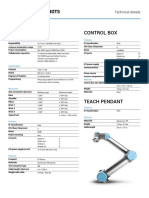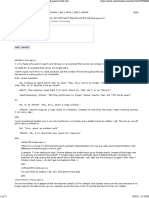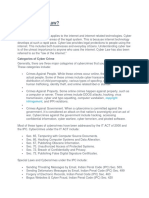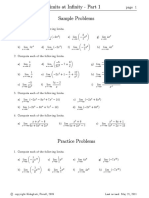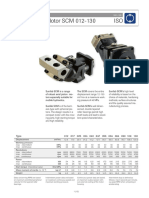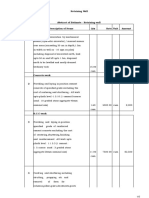0% found this document useful (0 votes)
29 views7 pagesUnit I C++
The document provides an overview of Object-Oriented Programming (OOP) concepts, including objects, classes, data abstraction, encapsulation, inheritance, polymorphism, and dynamic binding. It also discusses the structure of C++ programs, the benefits of OOP, and the differences between top-down and bottom-up design models. Applications of OOP in various fields such as real-time systems and user interface design are highlighted, emphasizing its modular approach and advantages in software development.
Uploaded by
sangita bhusareCopyright
© © All Rights Reserved
We take content rights seriously. If you suspect this is your content, claim it here.
Available Formats
Download as DOCX, PDF, TXT or read online on Scribd
0% found this document useful (0 votes)
29 views7 pagesUnit I C++
The document provides an overview of Object-Oriented Programming (OOP) concepts, including objects, classes, data abstraction, encapsulation, inheritance, polymorphism, and dynamic binding. It also discusses the structure of C++ programs, the benefits of OOP, and the differences between top-down and bottom-up design models. Applications of OOP in various fields such as real-time systems and user interface design are highlighted, emphasizing its modular approach and advantages in software development.
Uploaded by
sangita bhusareCopyright
© © All Rights Reserved
We take content rights seriously. If you suspect this is your content, claim it here.
Available Formats
Download as DOCX, PDF, TXT or read online on Scribd
/ 7










